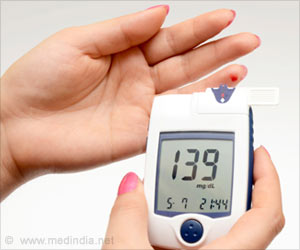The study team analyzed seven people with type 1 diabetes by measuring their blood sugar levels before, during, and after two indoor cycling sessions that mimicked sea level and high-altitude conditions.
It was found that after one hour of exercise at 4200 meters (about half the height of Mount Everest) and during recovery, blood sugar levels were significantly lower.
Although exercises are an ideal choice for people with diabetes, the study necessitates that these people monitor their blood sugar more closely when doing high altitude exercises.
“These findings suggest that exercise performed shortly after exposure to high altitude may increase the risk of exercise-mediated hypoglycaemia. We ask that future guidelines consider these findings to increase the safety of people with type 1 diabetes when travelling from low to high altitude areas like the mountains without any acclimatization,” says Cory Dugan, A.F.H.E.A., B.Sc. (Hons), of the University of Western Australia in Crawley, Australia.
Source: Medindia



